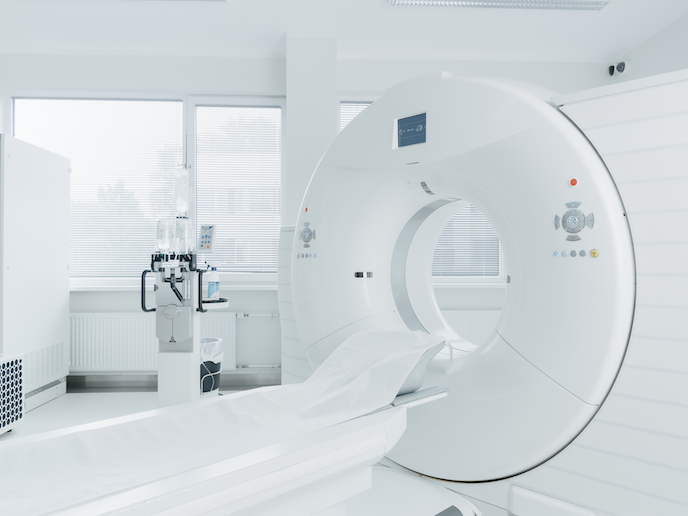New technologies can stimulate brown adipose tissue activity to facilitate weight loss
Brown adipose tissue is present in rodents throughout life. In humans, brown adipose tissue is found primarily in infants and young children, and it has been considered to be essentially nonexistent and without physiologic relevance in adults. But since its presence was identified in adult patients in 2009, BAT has become a major source of excitement within scientific communities. Its important role in insulin sensitivity could bring about exciting new treatments for obesity and diabetes, and some believe it even could prevent or cure the likes of cardiovascular disease and several cancers. ICI-THROUGH, which was undertaken with the support of the Marie Curie programme, focused its research on obesity. Until now, practitioners wanting to measure the activity of brown adipose tissue had to use positron emission tomography/computed tomography (PET/CT) imaging. This is a highly invasive, harmful (due to high radiation levels) and expensive technique which is almost exclusively used for cancer detection and requires well-equipped facilities. “Developing non-invasive techniques to estimate brown adipose tissue activity is an intersectoral and interdisciplinary endeavour in itself,” says Dr Andreas Flouris, coordinator of the project on behalf of the University of Thessaly. “SMEs can easily find the right applications for the right market, but these markets are constantly changing. They need research skills and access to state-of-the-art research facilities to keep innovating, while universities produce cutting-edge research that rarely reaches the market.” ICI-THROUGH delivers the best of both worlds though the association of two academic and two industrial partners. By working together, they created a non-invasive, practical and inexpensive method to estimate human brown adipose tissue activity. They also managed to combine: PET/CT imaging; thermal video and image analysis, along with and heat and mass transfer models. By doing so the team was able to quantify the heat produced by brown adipose tissue which, in turn, provides extremely valuable information on how it consumes energy. “The system is based on heat/mass transfer equations and formulas we developed, which are covered in a patent application to be submitted over the coming months. Extensive validation studies show that the developed prototype provides a valid estimation of a person’s brown adipose tissue activity, as assessed via a PET-CT scan,” Dr Flouris explains. With this information, health professionals could soon prescribe appropriate interventions to maximise the energy utilised by brown adipose tissue. This, in turn, will facilitate weight loss. Dr Flouris is also confident that the commercialisation of non-invasive devices to accurately estimate brown adipose tissue activity will revolutionise the global anti-obesity products market, which is currently estimated at EUR 50 billion. Meanwhile, food or pharmaceutical companies could use these non-invasive devices to test the effects of different products on thermogenesis, metabolic rate, energy balance, or weight loss. But there is still work to be done, as Dr Flouris admits. “To date, we have demonstrated the system prototype in an operational environment. We are currently making further improvements to ensure that it is complete and qualified. From thereon, we will include all system components in a patent application. The final stage will be to prove the actual system in the operational environment, such as a hospital or a pharmaceutical company.”
Keywords
ICI-THROUGH, brown adipose tissue, state-of-the-art, obesity, diabetes, PET/CT scan, thermal video analysis, treatment







